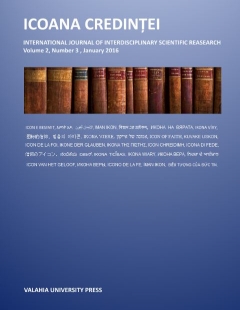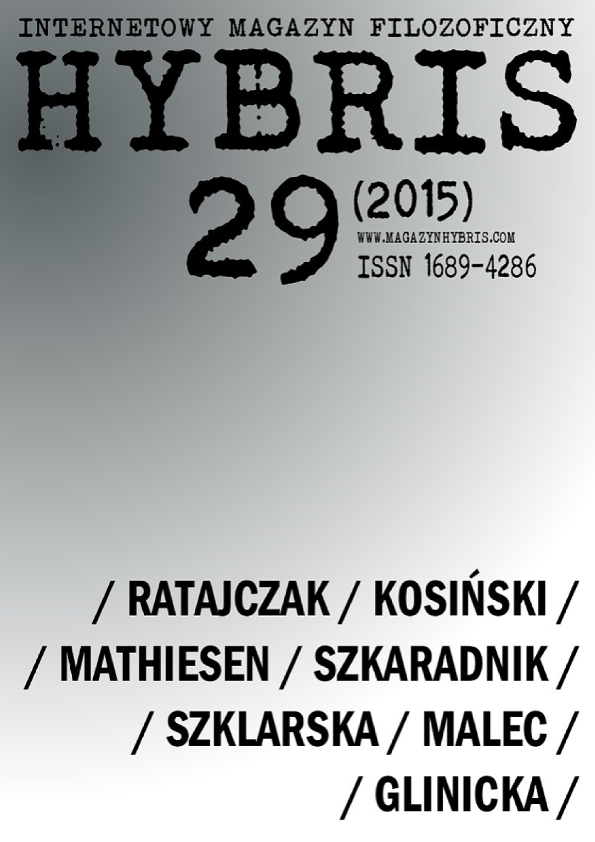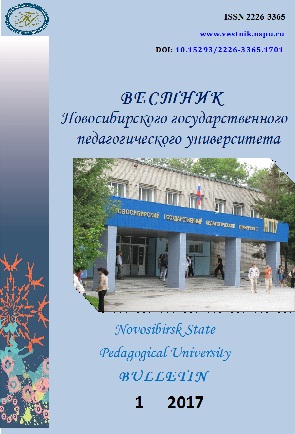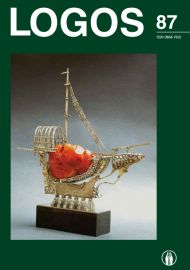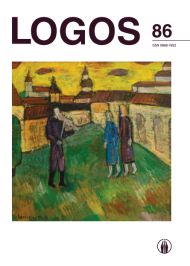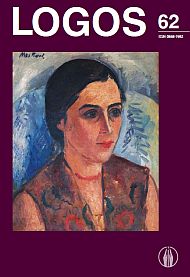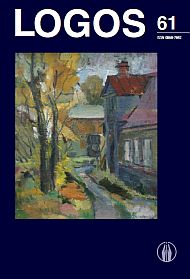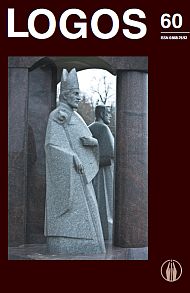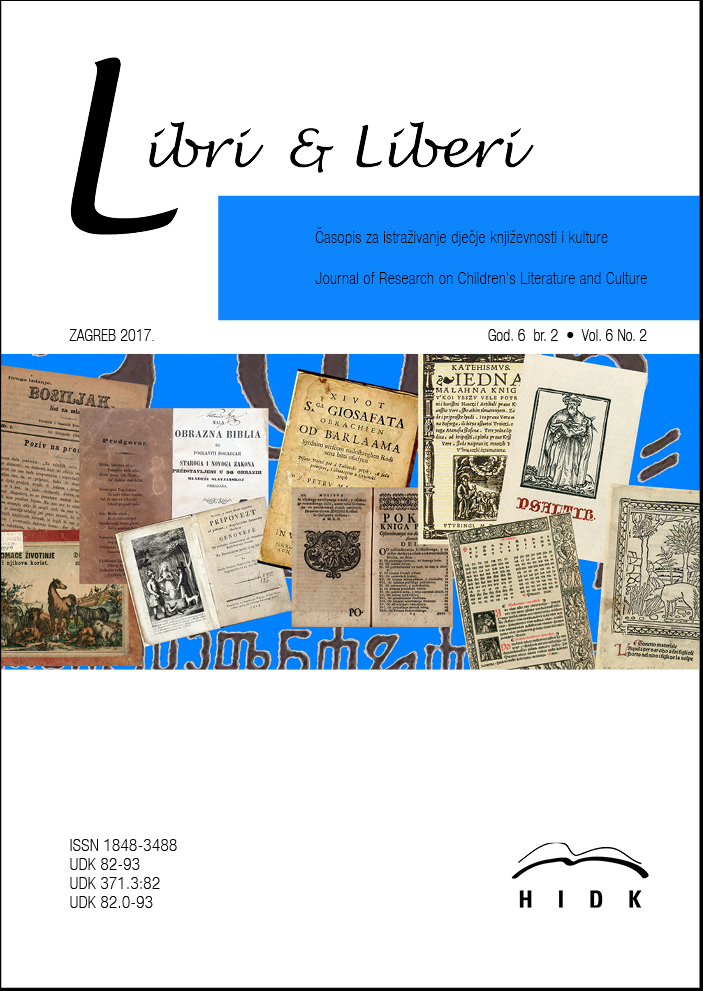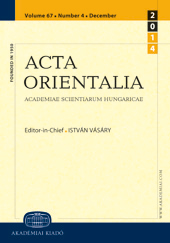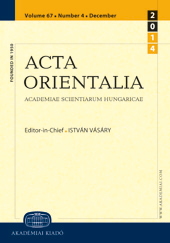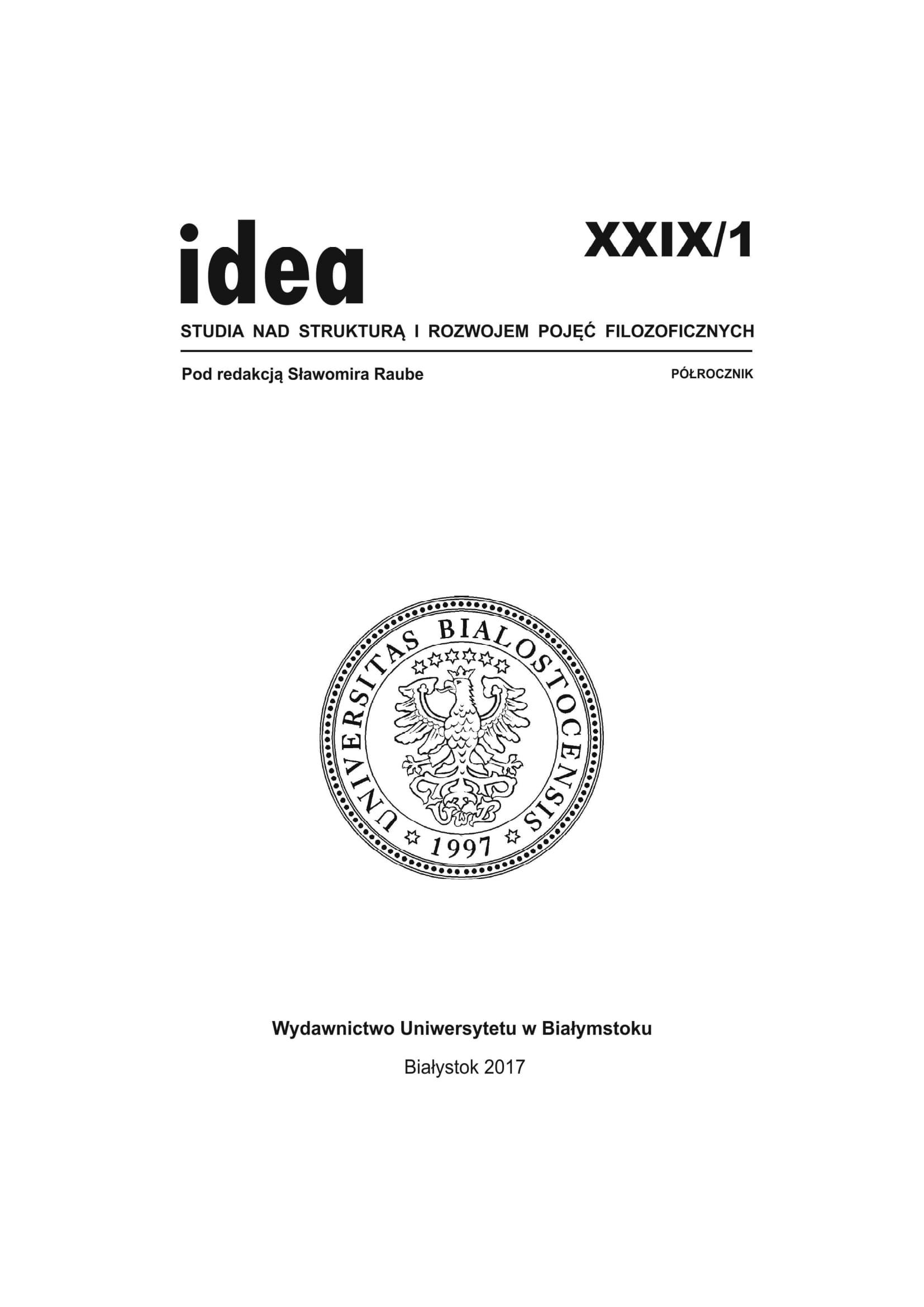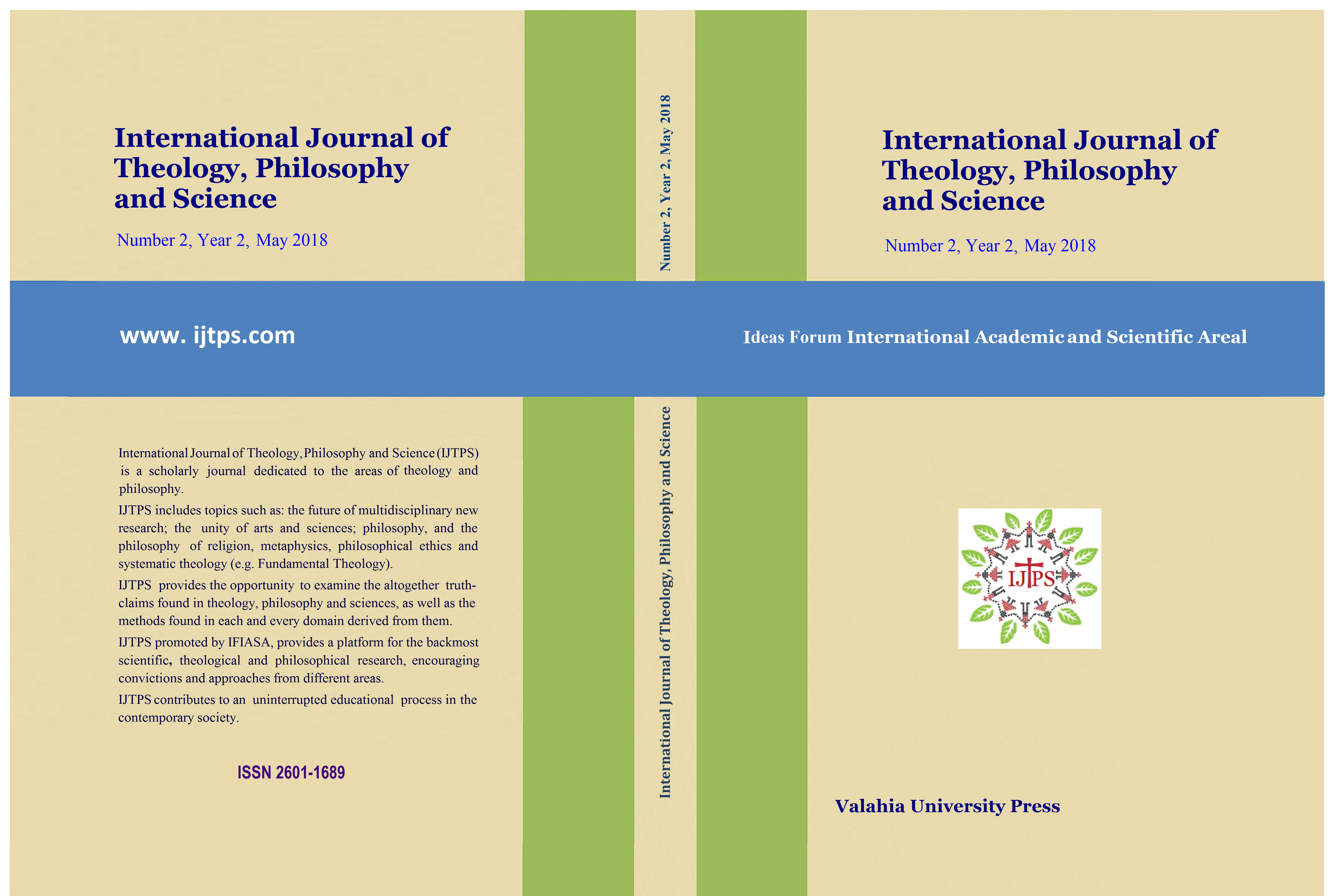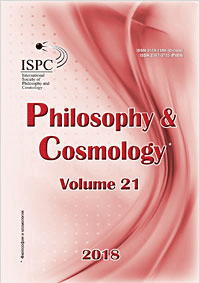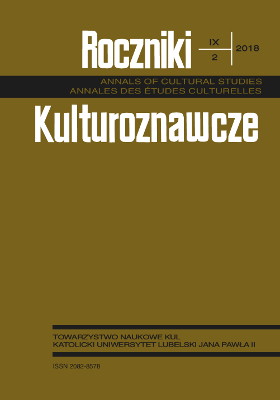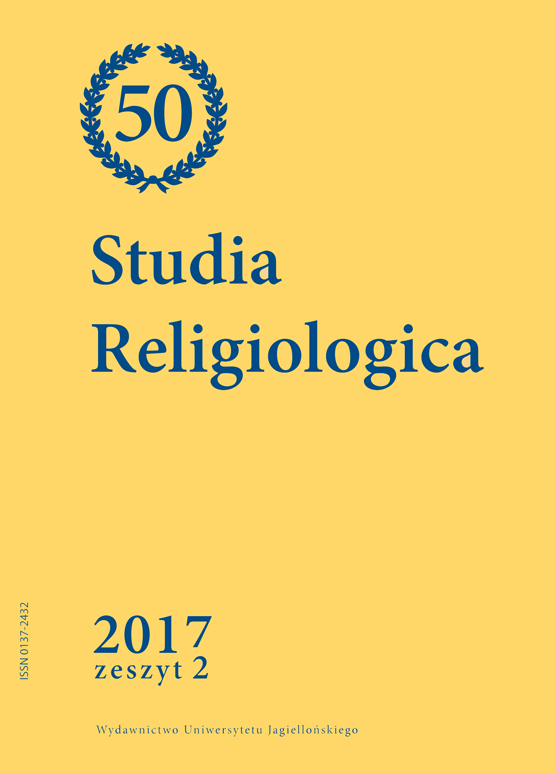Author(s): Mislav Ježić / Language(s): Croatian
Issue: 04/144/2016
The Indian emperor Aśoka Maurya (273/269 – 232 BC) left behind him an important corpus of inscriptions, describing the leading principles of his rule, which were disseminated over the vast territory of his empire. His ancestors conquered almost the whole of India and of contemporary Afghanistan, as well as parts of Iran. He waged only one war in Kaliṅga in order to incorporate the eastern coast of India into his realm. He described the horrible consequences of this war very openly in his inscriptions. He decided to stop waging wars therafter, and to “conquer” the world by means of righteousness in accordance with Buddhist principles. He cultivated diplomatic relations with neighbouring countries and had ambassadors in all the Hellenistic kingdoms. He invested fourty years of his rule in efforts to shape a different India, and sent missionaries to shape a different world. His thoughts on war and peace, on righteousness and care for all sentient beings are unique in human political history.
The dynasty of Aśoka, the Mauryas, ruled some fifty years after his death, until 185 BC. After this, the Brahman dynasty of the Śuṅgas (185 – 73 BC) rose to power in the eastern part of the former empire. The northwestern part of the empire was conquered by the Greek rulers of Bactria, and later by Iranian peoples like the Parthians and the Scythians, and other invaders. It is very likely that we have to thank the Śuṅgas for a Brahmanist revival, and the narrative part of the great heroic epic the Mahābhārata was most probably completed during their rule. It is also possible that an essential portion of the famous philosophical and religous poem Bhagavadgītā, which was incorporated into this epic, was composed during the same period. The poem discusses under which circumstances war is a sin, and under which circumstances it is a duty to fight. The Brahmanical or Hindu world-view here polemically opposes the Buddhist one without naming it explicitly.
Some of the most salient dilemmas concerning war and peace, violence and non-violence, duty and compassion found their expression within the context of the polemics between Brahmanism or Hinduism and Buddhism (and Jinism as well), and ethical views concerning human activity and life in general, which emerged on these grounds, can incite us even today to take our stand with regard to life and to other people and sentient beings.
Both the Buddhists and the Hindus formulated their basic concepts of human obligation to act out of duty without regard to personal utility with the ultimate aim of promoting universal good and maintaining further existence of the world. This amonuts to the categorical imperative to act in accordance with what would be an ideal universal legislation (dharma, either in the Buddhist or in the Brahmanist sense), as it found its expression in India two thousand years before Kant in Europe. However, the difference between the Brahmanical and Buddhist conception is that, in the Brahmanical world-view, this aim should be attained through the self-denying fulfilment of our duty, irrespectively of the potential pain inflicted on others, while in the Buddhist view, this aim should be achieved through compassion that urges us to invest the greatest efforts to protect other people and sentient beings from pain and physical and spiritual ruin. However, many Buddhist and Jinist views and values were, through the course of time, also incorporated into the Hindu world-view.
More...
